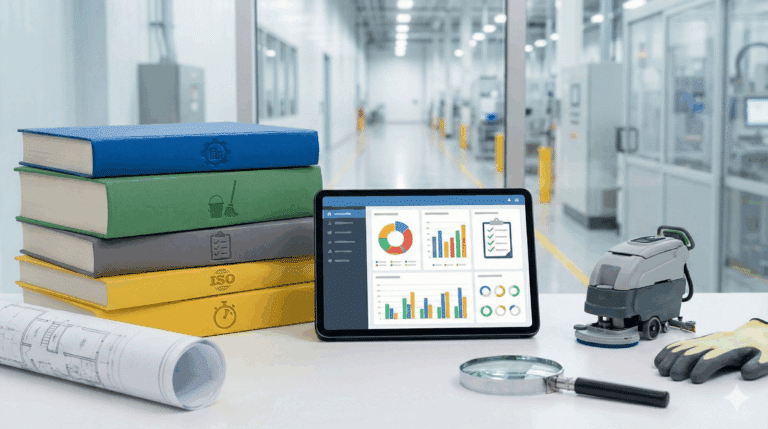
Google Forms is probably the best known and most popular tool available to create online forms, thanks to its stupendous integration with other tools of this online platform, such as Google Drive (for example, you can export the data to a Google sheet to analyze them more comfortably).
On the other hand, it allows choosing from a lot of different questions and answer choices, from multiple choices to drop-down options or linear scales. Other undeniable advantages of Google Forms is that it’s absolutely free of charge. It has no limitations, small print, or expiration dates. It has all the options anyone could expect from a tool like this at your reach. If you don’t need something really advanced, Google Forms is a great option.
But what happens when we need to collect information from locations where no Internet is available, to save it and send it afterwards?
Google Forms –as we mentioned- offers countless advantages… as long as the user can connect to the Internet. Unfortunately, the possibility of editing offline doesn’t exist yet. You can access the data stored there, but the forms can’t be completed unless we are connected, becoming an obstacle to perform certain field operations characterized by its offline mode: they don’t allow any Internet access.
For example, the case of surveyors who must cover inhospitable or isolated locations with no Internet, a situation they must face filling the information using a pencil and paper and therefore wasting twice the time they would take by completing a digital survey.
To carry out this sort of surveys, another tool is needed. Unlike Google Forms offline, which doesn’t allow editing documents without a connection, the service must be capable of working both online and offline. In a previous article we had mentioned the unexpected advantages that offline surveys present compared to digital surveys, and we mentioned that one of them is that they don’t depend on connectivity to work.
Google Forms offline, then, isn’t an option, and therefore we must look for alternatives. DataScope for instance is an app which allows collecting data offline just as if it was online. These answers aren’t lost – they are automatically saved and get sent once the connection is established avoiding the data loss.
The added value apps such as this one offers is the rich content they can provide, including pictures from the location where the survey is being carried out, the signature of the respondent, GPS location and time, among other functions.
Then again, since Google Forms offline isn’t useful when it comes to planning field operations which require data collection, it’s advisable to use tools such as DataScope, which doesn’t let the lack of permanent Internet connection become a problem to meet the objectives set forth.
DataScope is a platform which allows various industries to streamline, organize and evaluate the work of their field staffs thanks to online forms which provide real time indicators, 100% adaptable to any field.






